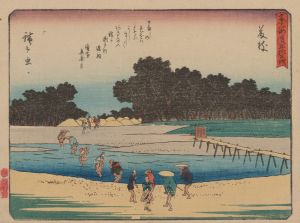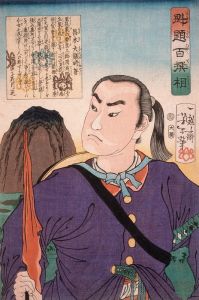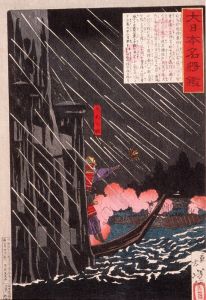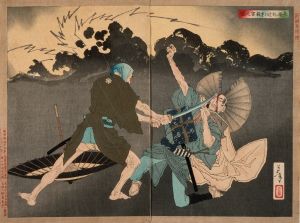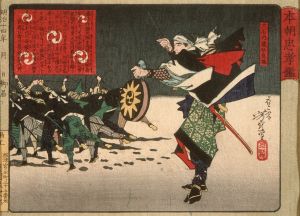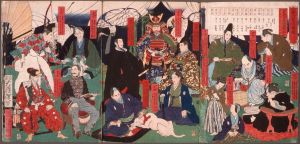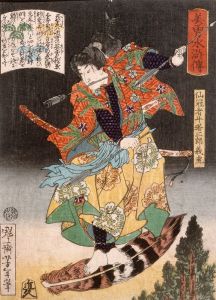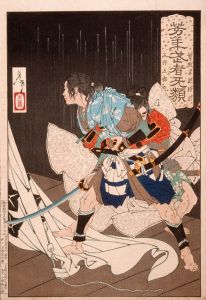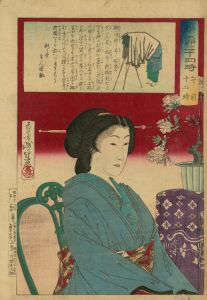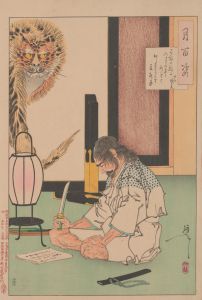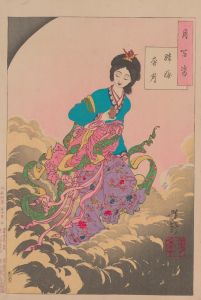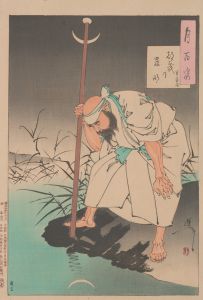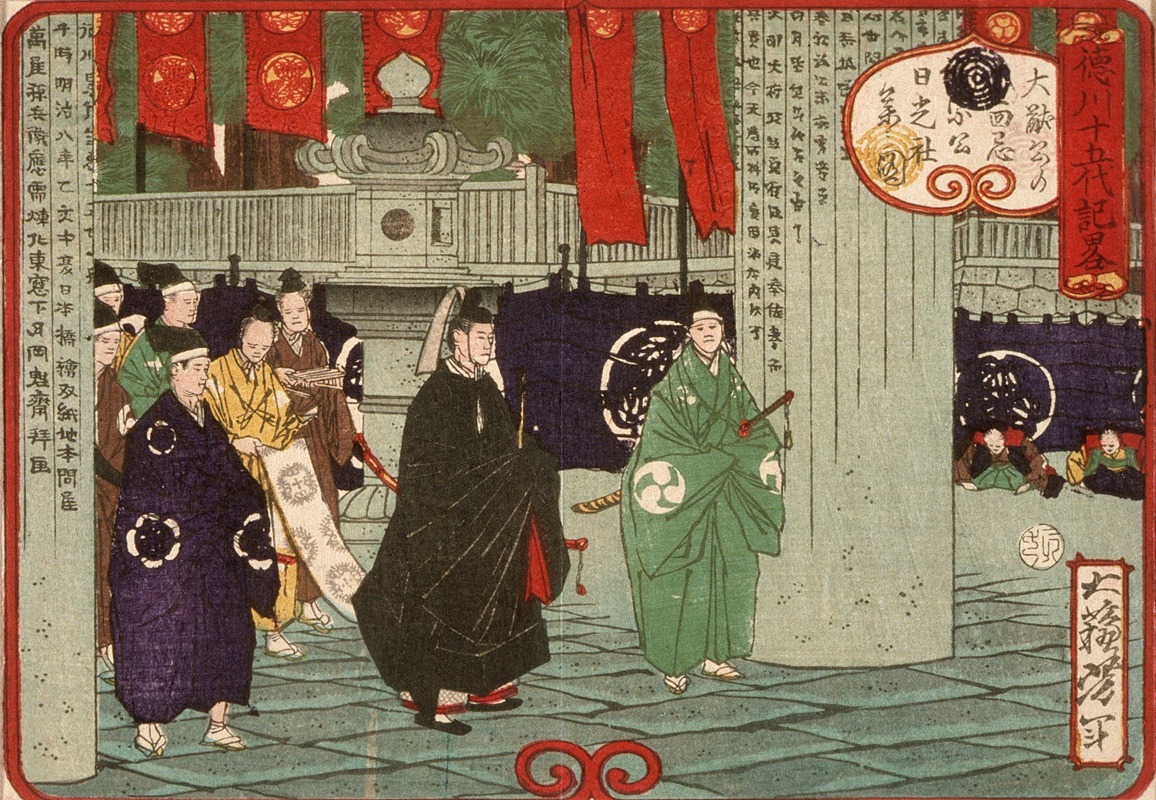
Tokugawa Tsunayoshi Visiting Nikkō Shrine on the Thirtieth Anniversary of Iemitsu’s Death
A hand-painted replica of Tsukioka Yoshitoshi’s masterpiece Tokugawa Tsunayoshi Visiting Nikkō Shrine on the Thirtieth Anniversary of Iemitsu’s Death, meticulously crafted by professional artists to capture the true essence of the original. Each piece is created with museum-quality canvas and rare mineral pigments, carefully painted by experienced artists with delicate brushstrokes and rich, layered colors to perfectly recreate the texture of the original artwork. Unlike machine-printed reproductions, this hand-painted version brings the painting to life, infused with the artist’s emotions and skill in every stroke. Whether for personal collection or home decoration, it instantly elevates the artistic atmosphere of any space.
"Tokugawa Tsunayoshi Visiting Nikkō Shrine on the Thirtieth Anniversary of Iemitsu’s Death" is a woodblock print created by the renowned Japanese artist Tsukioka Yoshitoshi. Yoshitoshi, a master of the ukiyo-e genre, was active during the late Edo and early Meiji periods, and his works are celebrated for their dynamic compositions and vivid storytelling.
This particular print depicts Tokugawa Tsunayoshi, the fifth shogun of the Tokugawa dynasty, visiting the Nikkō Tōshō-gū shrine to commemorate the thirtieth anniversary of the death of Tokugawa Iemitsu, the third shogun. The Nikkō Tōshō-gū shrine, located in Nikkō, Tochigi Prefecture, is a significant cultural and historical site in Japan, dedicated to Tokugawa Ieyasu, the founder of the Tokugawa shogunate.
Tokugawa Tsunayoshi, who ruled from 1680 to 1709, is known for his policies that promoted Neo-Confucianism and his controversial animal protection laws, often referred to as the "Laws of Compassion" (Shōrui Awaremi no Rei). His visit to the Nikkō shrine would have been an important ceremonial event, reflecting the deep respect and reverence held for his predecessor, Iemitsu, who had significantly strengthened the shogunate's power and expanded its influence.
Tsukioka Yoshitoshi (1839-1892) is often considered the last great master of the ukiyo-e genre. His career spanned a period of significant transformation in Japan, as the country transitioned from the Edo period to the Meiji era. Yoshitoshi's work is characterized by its dramatic use of color, intricate detail, and often, a focus on historical and supernatural themes. He produced a wide range of prints, including portraits, landscapes, and scenes from classical literature and history.
In this print, Yoshitoshi captures the solemnity and grandeur of the occasion. The composition likely includes Tsunayoshi in formal attire, accompanied by retainers and possibly other dignitaries, set against the backdrop of the ornate and majestic Nikkō Tōshō-gū shrine. The attention to detail in the architecture and the figures' clothing would be typical of Yoshitoshi's meticulous style.
The print not only serves as a historical record of Tsunayoshi's visit but also exemplifies the artistic and cultural values of the time. It reflects the importance of filial piety and the veneration of ancestors, which were central tenets of the Neo-Confucian ideology that influenced the Tokugawa shogunate.
Yoshitoshi's work, including this print, remains highly regarded for its artistic merit and its ability to convey the rich cultural heritage of Japan. His prints are studied and appreciated both for their aesthetic qualities and their historical significance, offering insights into the lives and values of the people during the late Edo and early Meiji periods.
Overall, "Tokugawa Tsunayoshi Visiting Nikkō Shrine on the Thirtieth Anniversary of Iemitsu’s Death" is a significant work that encapsulates a moment of historical importance through the lens of one of Japan's most esteemed ukiyo-e artists.





